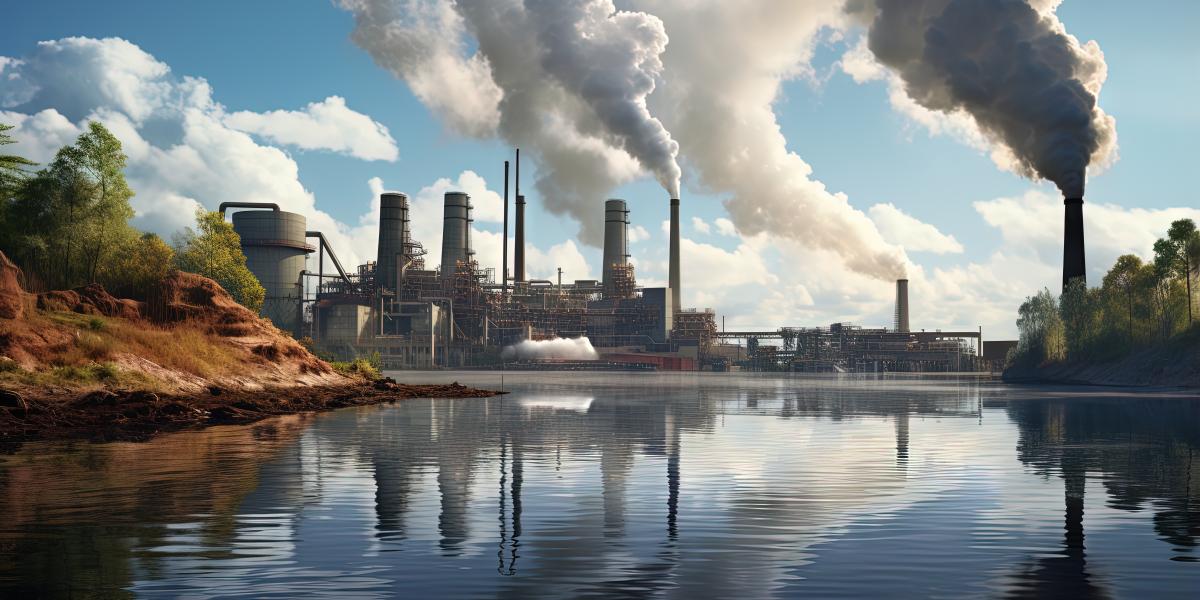You are here

(Editor’s Note: 3E is expanding news coverage to provide customers with insights into topics that enable a safer, more sustainable world by protecting people, safeguarding products, and helping businesses grow. DEEP DIVE articles, produced by reporters, feature interviews with subject matter experts and influencers, as well as exclusive analysis provided by 3E researchers and consultants).
The U.S. Environmental Protection Agency (EPA) announced on 11 March 2024 a record 45 states have submitted climate action plans for a share of up to $4.6 billion in competitive implementation grants.
“The diversity of ideas and ambitious initiatives from all across the country reflect the seriousness that states and metropolitan areas are bringing to the work of cutting pollution, acting on climate change, and meeting their local objectives,” said Jennifer Macedonia, deputy assistant administrator for EPA’s Office of Air and Radiation. “These climate action plans demonstrate substantial progress for states and local governments, in coordination with their communities, to chart their path forward — building healthy communities and competitive local economies where climate solutions can thrive.”
The funding from EPA is sourced from the agency’s Climate Pollution Reduction Grants program (CPRG) and the Inflation Reduction Act.
Review
In 2023, under the first phase of the $5 billion program, the EPA made a total of $250 million in noncompetitive planning grants available to 45 states, the District of Columbia, and Puerto Rico, among others, to develop climate action plans that address greenhouse gas (GHG) emissions across their communities and economies.
The aim of the climate action plans EPA solicited from local and state governments, EPA Administrator Michael Regan said, was to help those entities develop strategies to reduce harmful pollution and address environmental justice concerns.
The EPA anticipates awarding approximately 30 to 115 grants ranging between $2 million and $500 million under the general competition, U.S. Senator Tom Carper (D-De.), Chairman of the Senate Environment and Public Works (EPW) Committee, said 20 September 2023.
The agency also expects to award approximately 25 to 100 grants ranging between $1 million and $25 million under the Tribes and territories competition.
President Joe Biden’s Justice40 Initiative, announced in his 2022 State of the Union address, was the result of an executive order that calls for 40% of the overall benefits of certain federal climate, clean energy, and other investments to flow to disadvantaged communities that are marginalized by underinvestment and overburdened by pollution.
The covered categories for disadvantaged communities include climate change, clean energy and energy efficiency, clean transit, affordable and sustainable housing, training and workforce development, remediation and reduction of legacy pollution, and the development of critical clean water and wastewater infrastructure.
Analysis
All planning grant recipients are required to develop Comprehensive Climate Action Plans (due in the second half of 2025 for most applicants), which will include a broader suite of GHG reduction measures from all key emitting sectors.
The scope of these reduction measures will include electric power, transportation, commercial and residential buildings, industry, agriculture/natural and working lands, and waste and materials management.
The plans will also contain emissions projections and reduction targets, air quality and health benefits information, and workforce planning assessments.
The EPA will provide grant recipients with technical support, and other resources throughout the planning process, an agency spokesperson said.
The funding will support the deployment of technologies to reduce GHG emissions and other harmful pollution across the country, facilitate the transition to a low-carbon economy, and advance environmental justice by prioritizing benefits to communities.
In addition to addressing climate pollution, these grants can also support efforts to:
- Aid businesses in capitalizing on new opportunities, driving economic growth and creating jobs by supporting new industries, and developing training programs to prepare workers.
- Provide opportunities for low-income and disadvantaged communities to advocate for their own environmental interests, help define solutions, and benefit from their implementation.
- Gain public health benefits through the reduction of GHG and other toxins and pollutants.
The deadline to apply to the general competition is 1 April 2024. The deadline to apply to the Tribes and territories competition is 1 May 2024.
The EPA estimates that the implementation grants will be awarded in fall 2024 for the general competition and in winter 2024–2025 for the Tribes and territories competition.
------
About the author: Stefan Modrich is a Washington, D.C.- based reporter for 3E. He covers the latest developments in environmental health and safety policy and regulation. Modrich previously wrote for S&P Global Market Intelligence, The Arizona Republic and Chicago Tribune. He is an alumnus of Arizona State University and the University of Zagreb.

 Top
Top